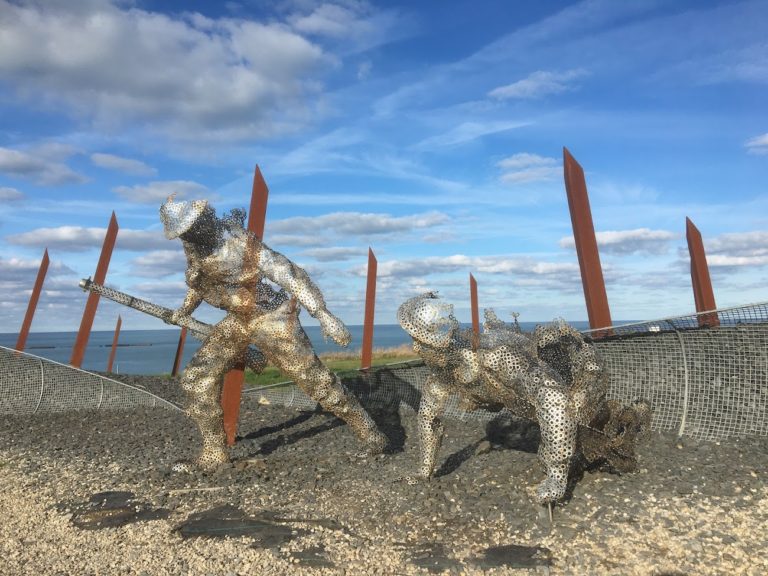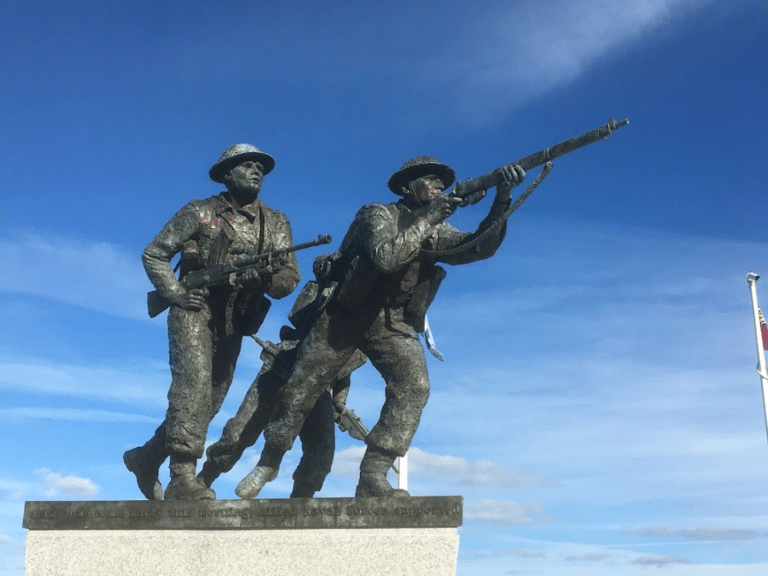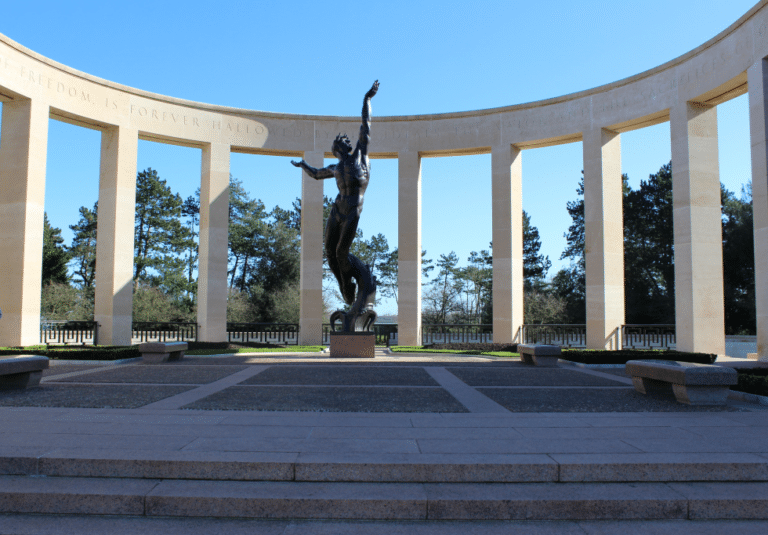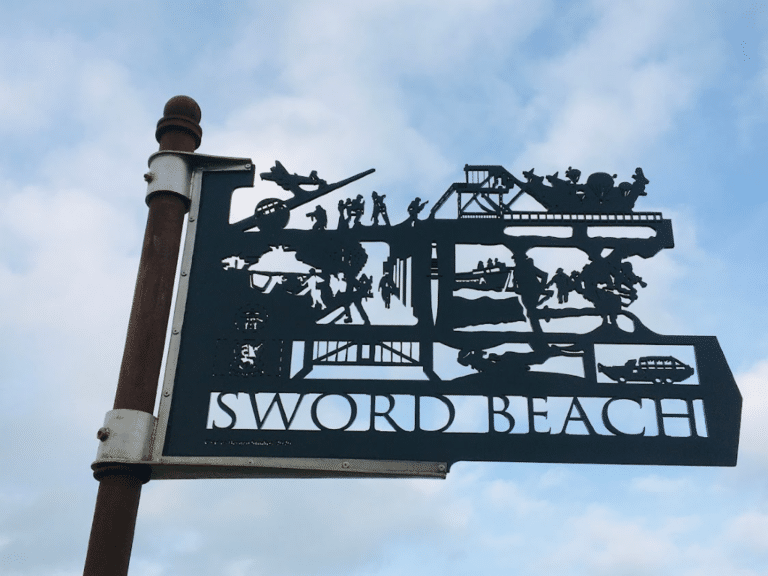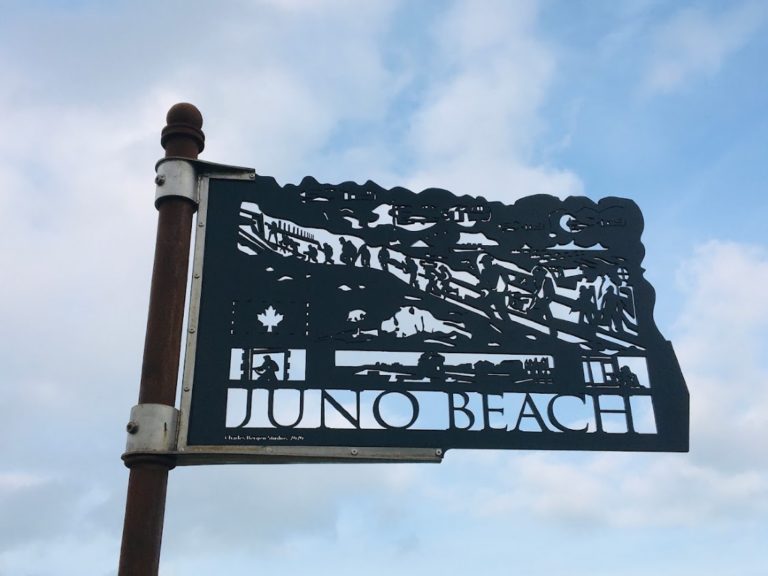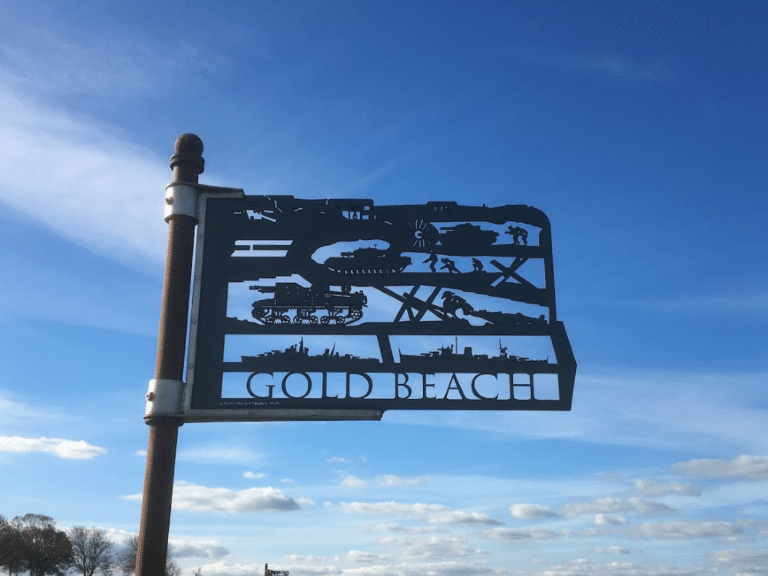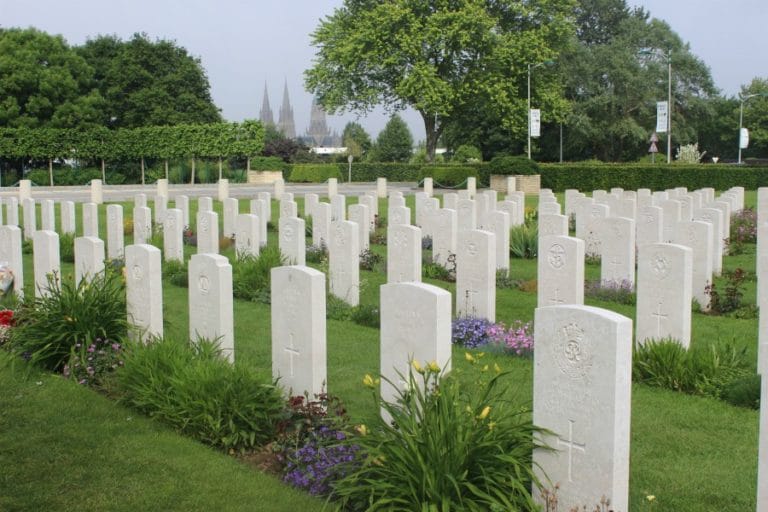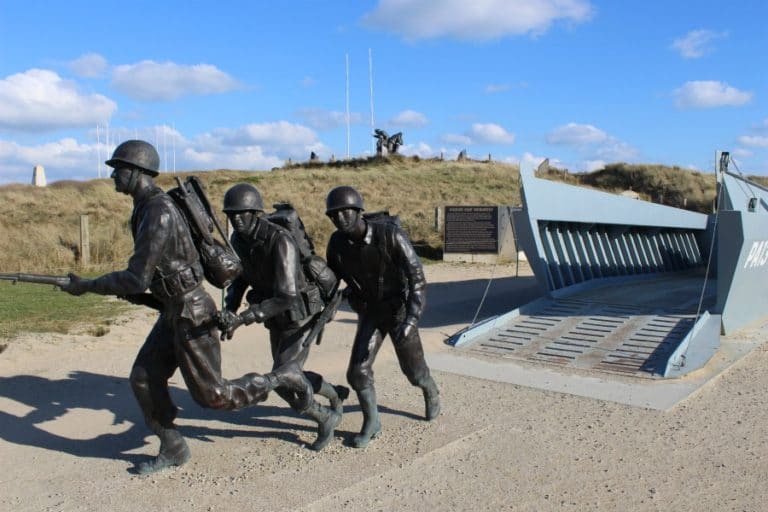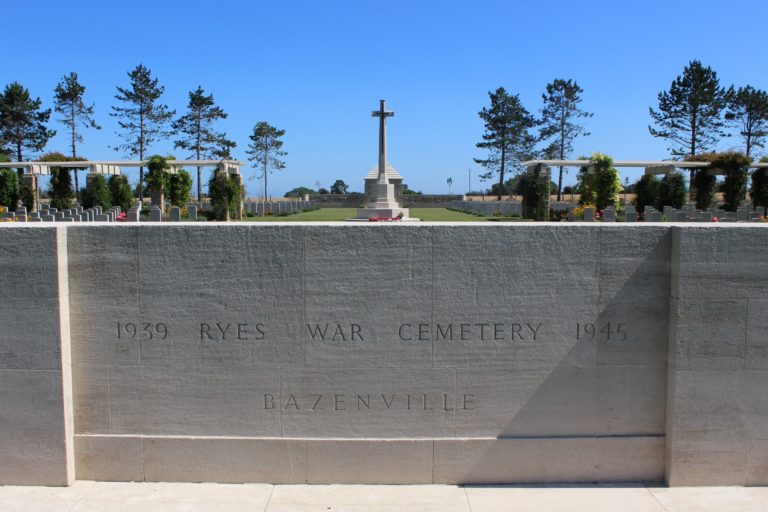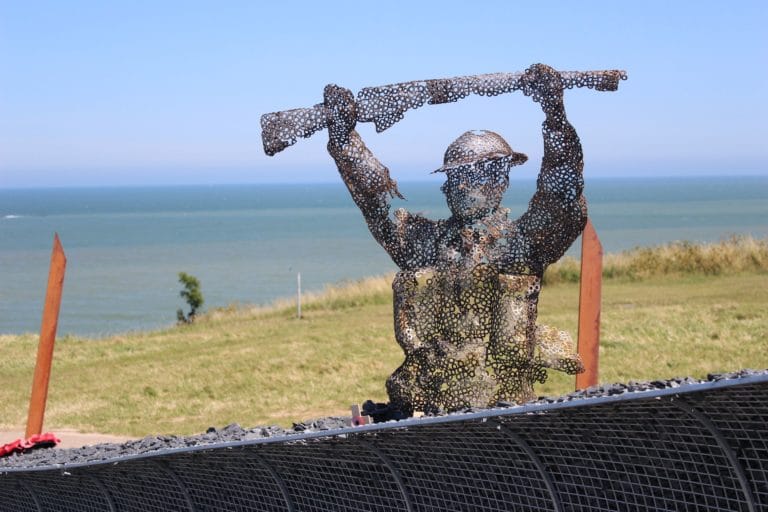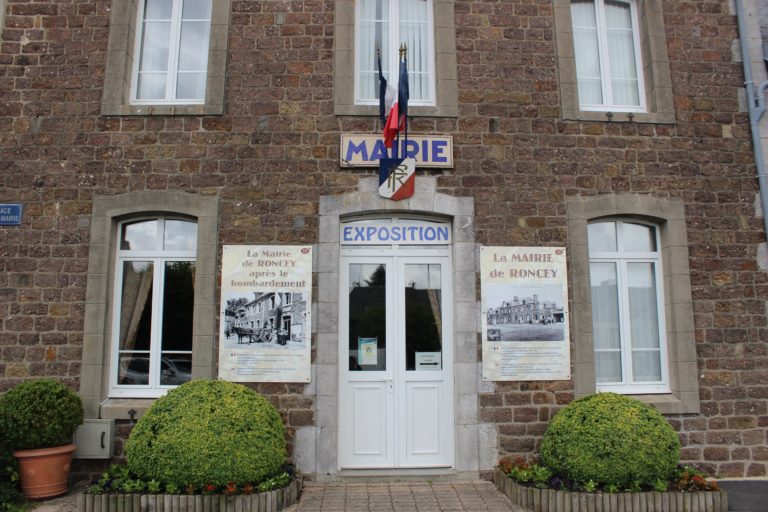A Guide to D-Day 80 Events
There are a whole series of D-Day 80 events planned to mark the 80th anniversary of D-Day that took place on 6th June 1944. INTERNATIONAL CEREMONY, THE MAIN D-DAY 80 EVENT – THURSDAY 6TH JUNE The main event will be held on the morning of 6th June at the Normandy American Cemetery on Omaha Beach….

